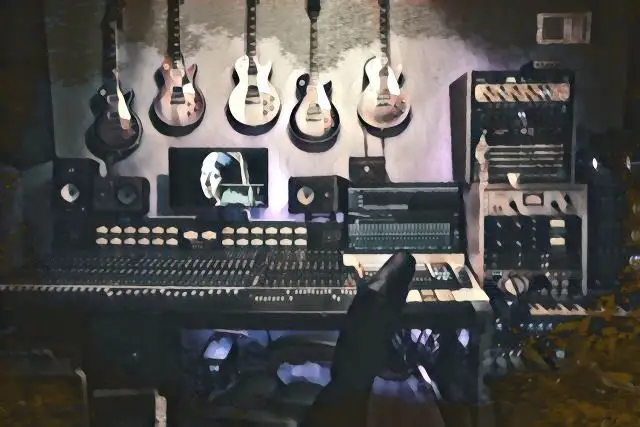One of the never-ending debates in the world of audio is the debate of plugins vs. hardware.
It's no question that producers and engineers want the best from their audio setups. Of course, with the recent resurgence of analog gear, many producers and engineers are questioning whether it's worth the investment.
Unfortunately, there's no simple answer.
There's certainly something magical about working with analog gear. It's a tactile experience that provides the excitement of the unexpected you don't get from the digital world.
However, you miss out on the advantages of quick digital workflow and the consistent accuracy you get with plugins.
So, which one of these is better?
Let's dive in and explore the differences in our plugins vs. hardware gear guide.
A Case Against Hardware
Artifacts and Noise

In the old days, mixing engineers had teams of studio assistants that would make sure gear was up to par. These professionals knew that any broken or unmaintained piece of analog hardware could mean trouble for any projects coming through the studio.
A piece of analog gear in poor condition could introduce unwanted noise or artifacts. And because you don't have a team of assistants to help you manage the consistent upkeep and repairs these complex pieces of machinery often need, you run the risk of having unstable equipment that imparts these negative elements.
Remember, every time your bounce audio through analog gear, it's a real-time bounce. This means that any mistake along the way cannot be changed. A bad bounce must be re-bounced.
Dreadful Recall
If you've ever had to recall a mix on an analog console, you know how frustrating of a process it can be.
Spending an hour or more time having to reset each of the faders and knobs in the right place just to make a slight adjustment to the background vocals a few hours before you have to bounce out the track for mastering can be a major annoyance.
As I said before, you also likely don't have a team of assistants to do this grunt work for you, meaning you'll have to burn hours of precious time doing it yourself.
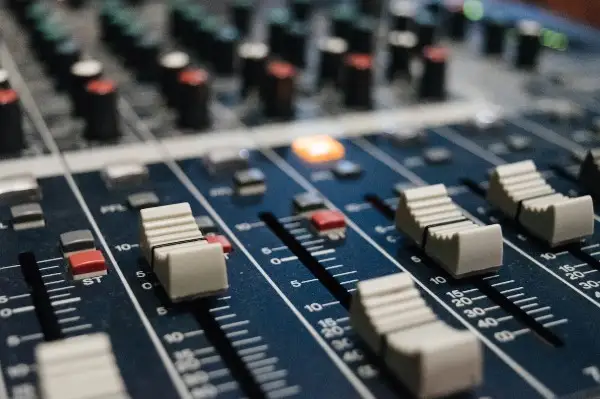
If you already bounced your mix and you want to make changes, you'll have to go back to the notes that you wrote down to pull it up on the console again. Oh wait, you didn't forget to take good notes, did you?
Trying to recall a fully-constructed mix, especially a modern mix that often has a hundred tracks or more, can be a huge pain. Plus, you'll almost never be able to get it to sound the same as your original mix, thanks to the small quirks and nuances found in analog gear.
When you work with analog hardware, the way your settings sound is how they sound at that moment. Trying to recreate them to perfection is nearly impossible.
Less Intuitive
Step behind any hardware console or analog hardware rack at a studio, and you'll find a huge network of cables.
These numerous hardware elements make their way to a patch bay through the use of patch cables. Once you have everything physically routed, you'll have to go into your DAW and route all of your outboard gear to the right channels.
As with recalling a mix, this process can take many hours and can be extremely daunting.
Plus, any settings you want to change after you print your processed signals will require a full recall.
If you're working in a home studio and you only have a single piece of analog equipment, the drawbacks might not be that bad. However, the more and more hardware you use, the less intuitive your studio setup becomes.
AD/DA Reliance
Even the best analog equipment can't sound its best without top-quality AD/DA conversion.
Many producers use AD/DA conversion because printing your analog sound on the way in can be quite risky. If you're someone without a ton of experience using hardware, it's easy to make mistakes, such as over-compress your vocals or using poor EQ choices that can make the mixing process an absolute nightmare.
While you have free reign to add as much processing as you want during the mix phase, you can't take processing away once it's already there in your signals.

To limit those risks, producers and mix engineers will often send their tracks through AD/DA conversion to send them from their computers to hardware. After multiple times passing through a converter, it becomes easy to hear the impact it's having on your audio.
Now, a high-end AD/DA converter will be transparent, even after multiple pass-throughs. On the other hand, low-quality interfaces can introduce unwanted coloration, squash dynamics, or alter the frequency response of a signal during each conversion.
More often than not, a high-quality plugin can sound just as good as mid-range hardware after it has been through a few stages of low-tier conversion.
A Case for Plugins
Top-Tier Plugins Have Excellent Sound Quality
One of the biggest reasons engineers lust after hardware instead of plugins is that they believe plugins simply don't sound as good. While that might have been the case in the early days, when digital processing was in its first form, it's not so much the case with modern software.
I won't lie.
The early plug-in generation suffers from many of the same issues found in early digital recordings.
While the sounds of these old digital recordings haven't aged well, the iterations of plugins used in them have come quite a ways.
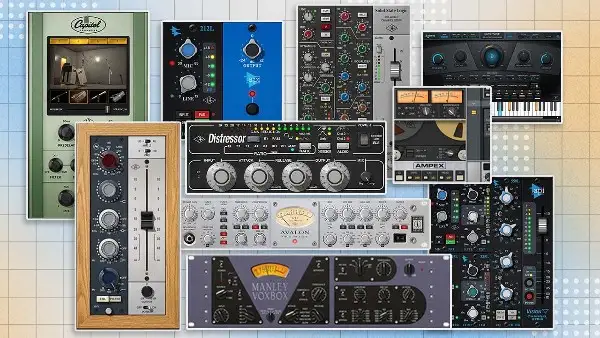
Plugins are now just as important as any piece of hardware gear sold on the market. For more than a few decades now, plug-in developers have put massive amounts of time, money, and energy into creating top-quality plugins that talented engineers can enjoy using.
As we know, however, not all plugins are the same. There are certainly plenty of low-quality plugins out there that are no match for analog hardware.
With that said, modern hardware modeling technology is more sophisticated than it has ever been, allowing plug-in developers to emulate the desirable characteristics of analog circuits.
Now, you could also argue that we are beginning to see more of a refinement in hardware manufacturing too.
With better quality control procedures and modern component tolerances, the consistency in hardware is better than it has ever been.
Essentially, with such effective modeling techniques in modern plug-in design, the difference between having the actual piece of hardware or emulation of that piece of hardware is not something that's going to make or break you or mix.
Plugins are Budget-Friendly
Plugins are simply cheaper.
Let's take the UAD 1176, for example. This hardware compressor unit is arguably one of the most iconic pieces of hardware on the market today.
Do you want a real one of these?
Get ready to shell out about $2,600.
Alternatively, the plug-in version from UAD is about $149. You can even find alternative emulations from other developers, such as Waves, for even cheaper.

Of course, this is just one example. Any place you look, the plugin version is going to be less expensive. That's just the objective reality. It costs far less to duplicate a piece of software and sell it a hundred times over than it does a physical piece of hardware.
Plus, many of the most iconic pieces of hardware have been out of production for quite some time.
Take the Fairchild 670 tube compressor/limiter. Many engineers refer to this as the granddaddy of tube-based compressors. This vintage compressor can be heard on some of the most famous records of the mid-twentieth century.
If you want to get your hands on a real one, you'll have to shell out around $10,000 or more, as these units aren't in production any longer.
The plug-in version, on the other hand, will cost you a small fraction of that price.
Plugins Provide Automation Support
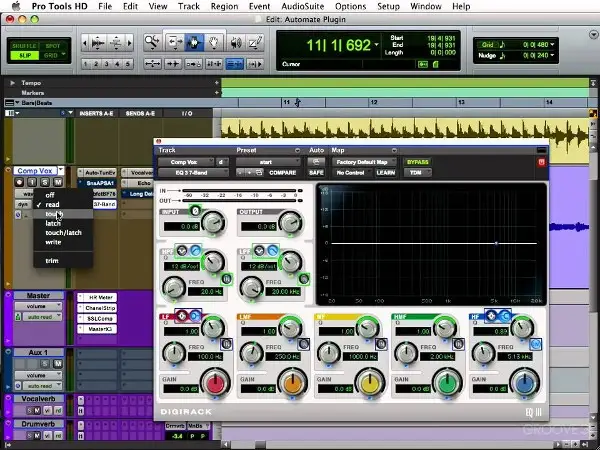
One of the biggest advantages of working in the digital world is automation.
Plug-ins support automation.
If you want to make adjustments to the parameters of a particular effect so that it changes throughout the course of the song, having the ability to draw into space changes rather than having to “perform” those changes in real-time can be wildly beneficial.
Plugins Have Presets
I'm a huge proponent of mixing fast.
One of the ways in which I'm able to mix fast is by using presets .
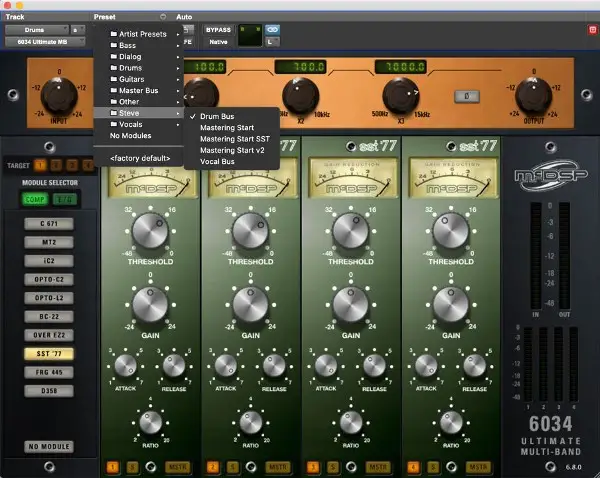
If I'm mixing a whole album, for example, and I like the way that I processed the singer's voice on one song so much so that I want to process it the same way on another song, I can save the presets each of the plugins in the vocal chain and recall them in a different session to give myself a starting point.
Most plug-ins also come with stock presets from seasoned engineers.
These can be extremely useful when trying to learn how a professional would utilize the different parameters on a particular plugin.
Plugins Allow for Arrangement Flexibility
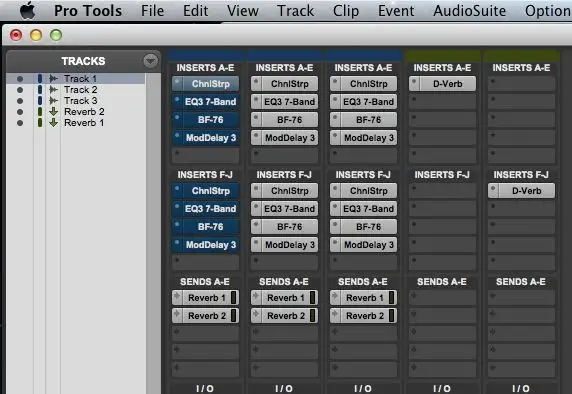
When you use plugins as inserts in your DAW, you can rearrange the order of them however you like. This type of flexibility is a major advantage for creative mixing and sound design purposes.
Rearranging the order of processors in the hardware realm requires re-patching, which can take up hours of your time.
Plugins Provide Tempo-Lock
Just about any modern plug-in can lock to the tempo of your session.
When it comes to time-based plugins, such as delays, having precise characteristics can be a huge advantage.
A Case for Hardware
No Obsolescence
One of the major problems with plugins is the case of obsolescence.
If you've been working with plug-ins for a long time, then you probably know how scary it can be to upgrade your operating system.
There's the possibility that any system upgrade could render your plugins incompatible.
You might end up spending a lot of money on plugins that don't end up working five years down the line when you decide to finally get rid of your ancient computer and catch up on the ten Pro Tools updates that you've missed.
With hardware, compatibility loss isn't really a thing. Take the XLR cable, for example, which has been a staple in studios for decades. If your hardware uses XLR connections, it's unlikely that it will become unusable in the foreseeable future.
Non-Linear Sound
The most iconic pieces of vintage equipment can be modeled for the digital world, though it's certainly not an easy feat.
Dave Berners, the chief scientist at Universal Audio, did an interview with Sound on Sound in which he discussed the challenges behind modeling vintage equipment.
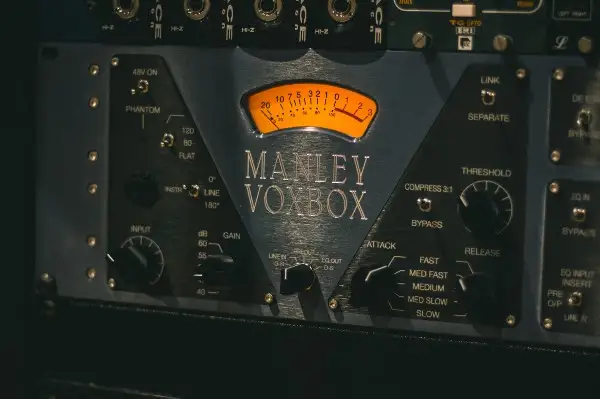
He noted that analog equipment has a very high bandwidth. One of the most prominent challenges in creating accurate models is emulating nonlinear behavior. Unfortunately, it is often the sound of this nonlinear behavior that makes hardware so desirable in the first place.
The more nonlinear the behavior of a piece of hardware, the more processing power is needed to recreate the sound in digital form.
Original analog equipment uses a mixture of various electronic components and parts, such as tubes, transistors, resistors, and capacitors. These components age and change over time, eventually presenting an accidental sound that adds a great deal of value or quality to the piece of hardware.
Should I Invest in Hardware?
Both plug-ins and hardware offer their own unique experiences.
Those looking for a modern and portable recording solution look to plug-ins, while those who want to enjoy vintage recording techniques and the undeniable warmth of the analog sound look to hardware.
Frankly, the sonic difference isn't so significant that I would invest in analog hardware for my modern setup. I currently have a Neve Preamp, an 1176, and an LA-2A, though I often find myself using the plug-in iterations more than the actual things. While they are certainly fun to use, I wouldn't say that they make my mixes any better .
It's also hard to ignore the range of digital tools that aren't available in hardware form.
Think of polyphonic pitch correction made possible by Melodyne, the massive digital locker of high-end microphones thanks to Slate Digital VMS, or the emulations of physical recording spaces that give your headphones the sound of a professional studio or virtual listening room with perfect acoustics thanks to Waves NX.
I recently downloaded iZotope RX to take advantage of the vintage noise reduction hardware emulation, and you certainly couldn't find its capabilities in the form of vintage gear.
Ending the Plugins vs. Hardware Debate
Though I would like to be optimistic and say this debate can end right here and right now, it will realistically muster on for the foreseeable future.
One dive into any audio forum, and you'll see strong opinions coming from both sides. Many so-called “audio experts” will likely never budge.
Of course, there are valid arguments on each side. When all is said and done, however, determining which kind of tools you want to use will come down to your personal preferences.
What I hope you take away from this is that plugins aren’t cheap pieces of consumer software. For the past few decades, engineers have made some of the best albums of all time with nothing but digital software.
There's no need to spend thousands of dollars and fill your studio with old analog gear to make a great-sounding record. Digital recording has come quite a long way and there are plenty of ways in which you can use digital plugins to capture that beloved vintage sound found in the analog world.


